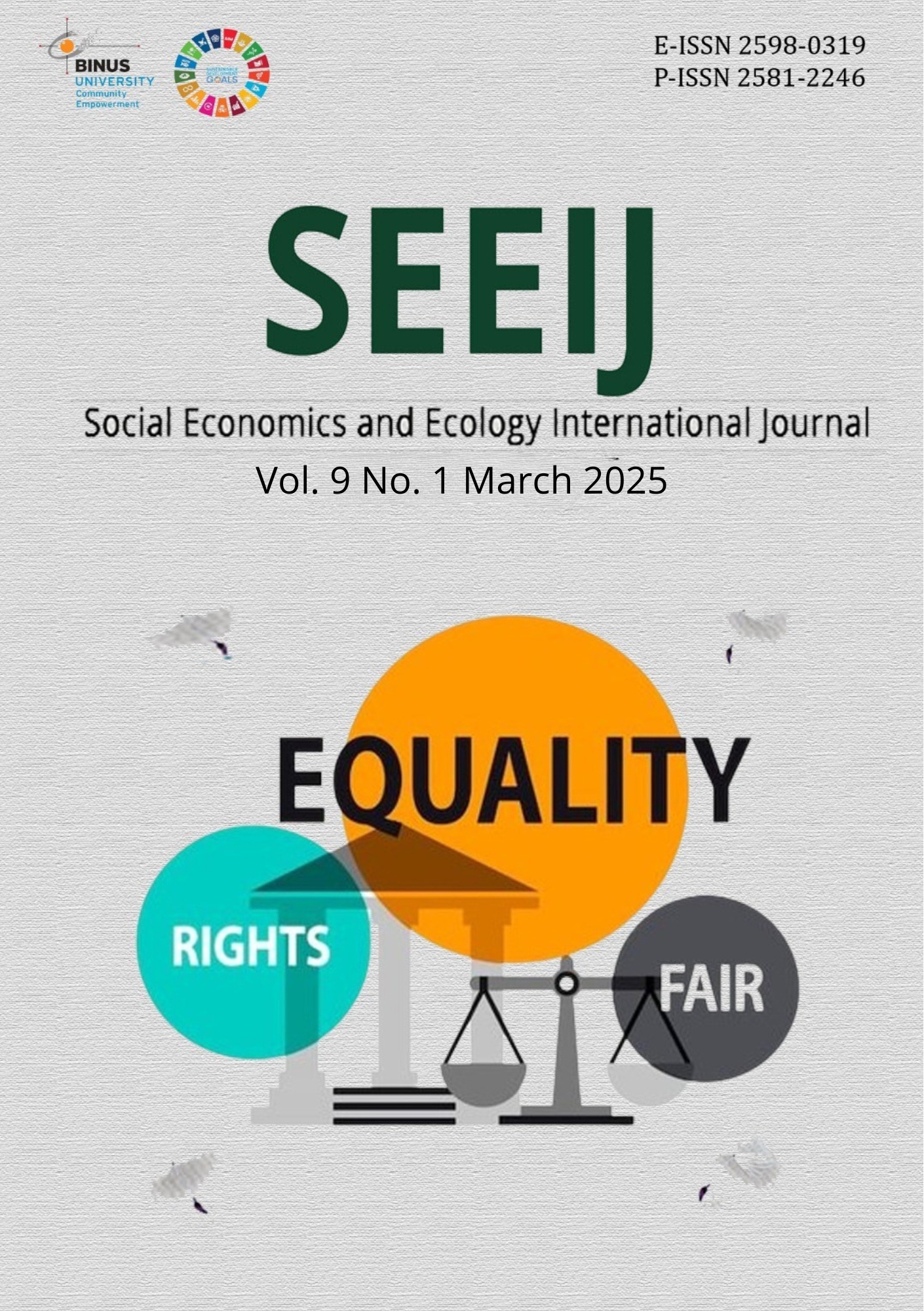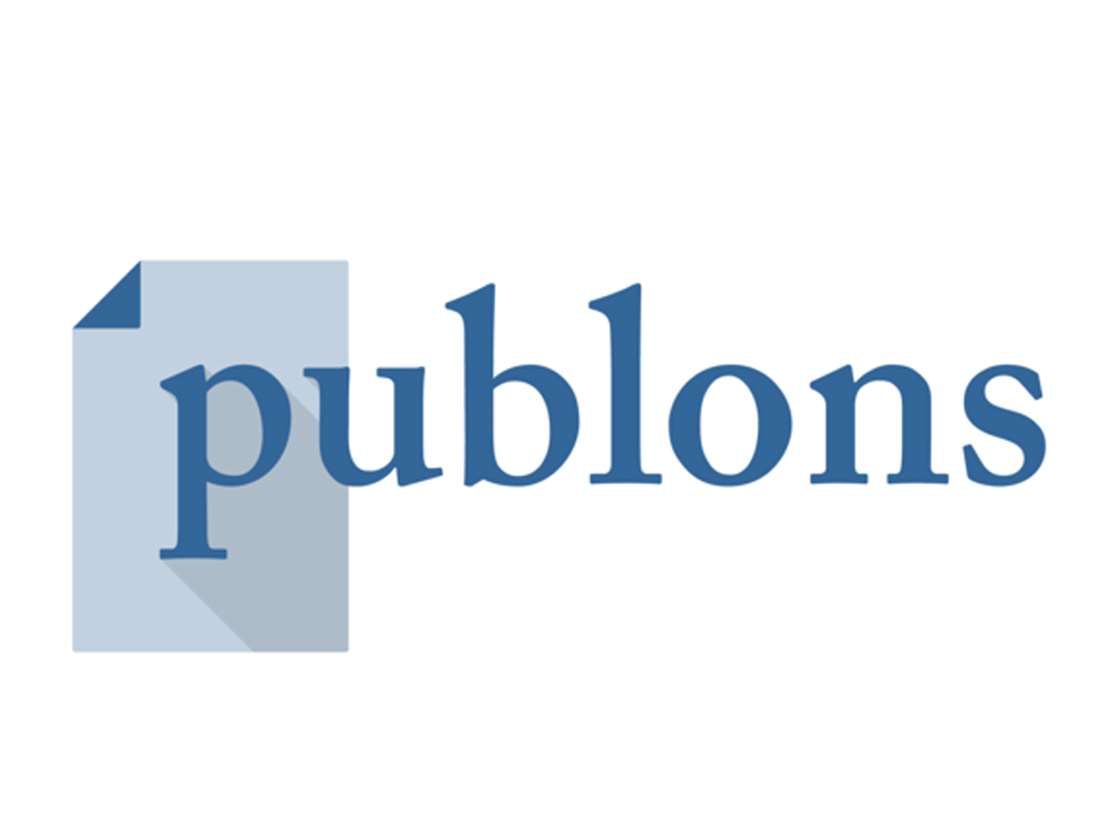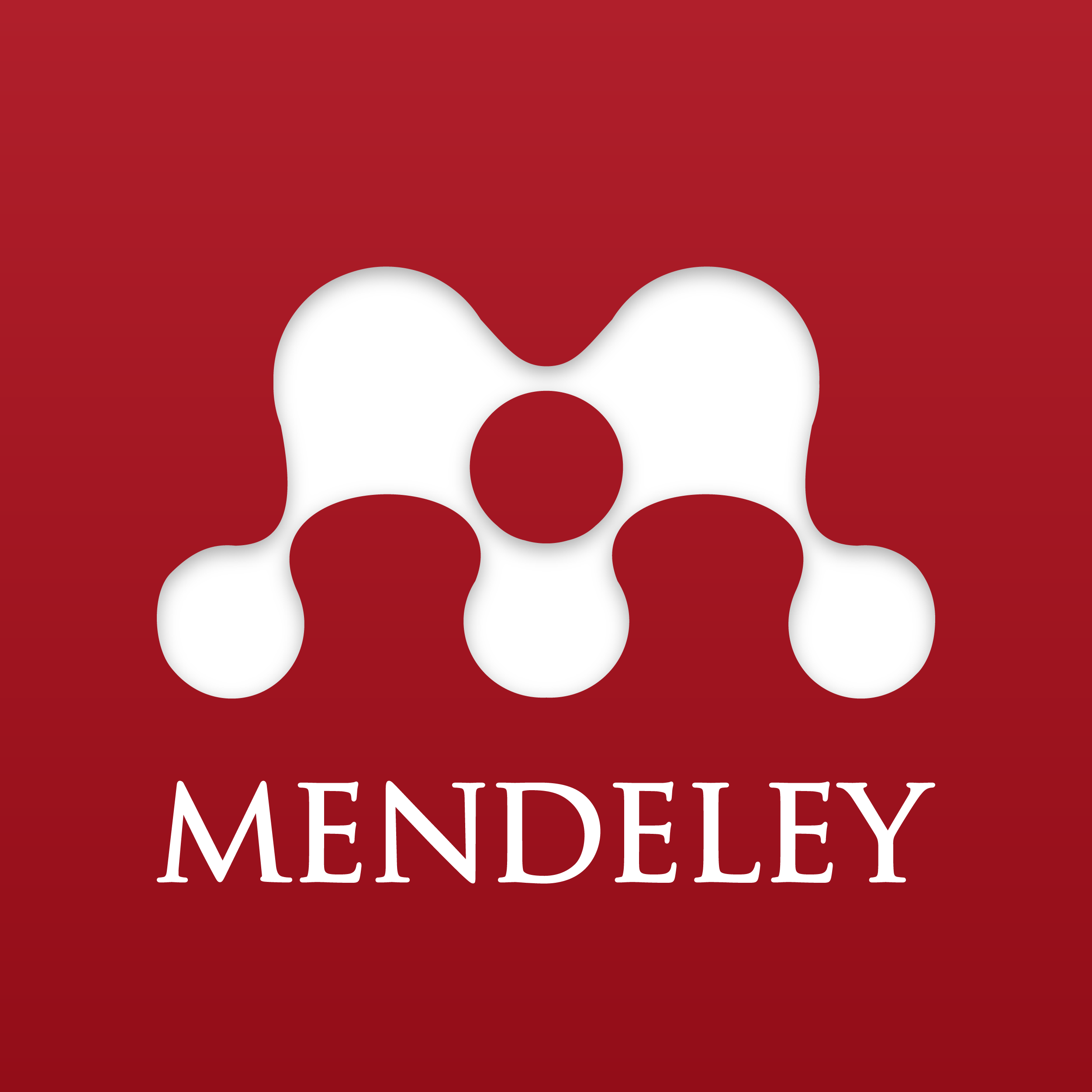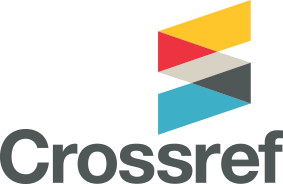LOGO REDESIGN AS PART OF "LAMITA" DIGITAL BRANDING STRATEGY IN ORDER TO REACH THE ZOOMERS
DOI:
https://doi.org/10.21512/seeij.v9i1.12452Keywords:
Logo Redesign , Digital Branding, MSMEs, Community Based Research, Decent Work, Economic GrowthAbstract
In the context of digital branding activities, it is crucial to ensure that the fundamentals of branding are well established from the beginning. Numerous studies on the effectiveness of logos as brand identities in branding have demonstrated that well-established logos significantly enhance brand awareness. In order to reinforce Lamita's brand awareness among the Zoomers, or Generation Z (Gen Z) as a qualified ethnic accessories artisan from Malang city, the research team initially provided assistance with the redesign of the logo. The objective of this strategy is to ensure that the visual representation of the logo effectively conveys the essence of Lamita's qualifications, while aligning more closely with the preferences of Gen Z. It is anticipated that the logo redesign programme will provide the necessary foundation to implement a more optimal digital branding strategy for Lamita, thereby increasing brand awareness amongst the targeted consumers and facilitating purchase decisions, ultimately leading to economic independence for Lamita. The paper provides a detailed description of the process undertaken to redesign the logo through the Community Based Research method.
References
Apriyono, A. (2017). Mengenal Truntum, motif batik bermakna kasih sayang dan kesetiaan. liputan6.com. https://www.liputan6.com/lifestyle/read/2856024/mengenal-truntum-motif-batik-bermakna-kasih-sayang-dan-kesetiaan
Auva, V. A., Nugroho, R. H. (2023). Pembuatan logo sebagai bentuk identitas produk UMKM Menjes Kyu di kelurahan Pakunden Blitar. Jati Emas (Jurnal Aplikasi Teknik dan Pengabdian Masyarakat). 7(3). e. ISSN: 2550-0821
Bhattacharya, S. (2023). Hows and whys that lead to online brand engagement. International Journal of Asian Business and Information Management. 14(1).
Carter, R., Meggs, P. B., Day, B., Maxa, S., Sanders, M. (2015). Typographic Design: Form and Communication. John Wiley & Sons, Inc., Hokoben, New Jersey.
Jeffrey, T., et al. (2024). Branding consistency across product portfolios in the wine industry. International Journal of Wine Business Research.
Jia, X., et al. (2022). Logo design process and method of intellectual property big data in the digital media era. Discrete Dynamics in Nature and Society.
Jurišová, V. (2020). Building brand identity on Instagram. Proceedings of the 7th European Conference on Social Media, ECSM. 119-126.
Putri, A., Herrizona, F., & Kurniawan, N. (2024). Pengaruh tren mode berkain pada generazi Z terhadap upaya revitalisasi dan aktualisasi identitas budaya dalam perspektif etika. Jurnal Ilmiah Wahana Pendidikan. 10(14), 243-252.
Silva, C., et al. (2024). Instagram as a digital marketing tool of a hotel brand. Proceedings of the International Conference on Tourism Research. 7(1), pp. 390-400.
Ward, E., Yang, S., Romaniuk, J., Beal, V. (2020). Building a unique brand identity: Measuring the relative ownership potential of brand identity element types. J Brand Manag. 27, 393–407.
Wheeler, A. (2009). Designing brand identity. John Wiley & Sons, Inc., Hokoben, New Jersey.
Wu, X. (2025). Beauty of symmetry †The impact of logo symmetry on perceived product quality. PLoS ONE. 20(1): e0317229.
Zaichkowsky, J., L. (2010). Strategies for distinctive brands. J Brand Manag. 17, 548–560.
Downloads
Published
How to Cite
Issue
Section
License
Copyright (c) 2025 Asri Radhitanti, Yudhistya Ayu Kusumawati, Rudi Yulio Arindiono, Adonia Mirana

This work is licensed under a Creative Commons Attribution-NonCommercial 4.0 International License.
The Authors submitting a manuscript do so on the understanding that if accepted for publication, copyright of the article shall be assigned to SEEIJ Community Development Academic (CDA) Bina Nusantara University as publisher of the journal.
Copyright encompasses exclusive rights to reproduce and deliver the article in all form and media, including reprints, photographs, microfilms and any other similar reproductions, as well as translations. The reproduction of any part of this journal, its storage in databases and its transmission by any form or media, such as electronic, electrostatic and mechanical copies, photocopies, recordings, magnetic media, etc., will be allowed only with a written permission from SEEIJ Community Development Academic (CDA) Bina Nusantara University.
SEEIJ Community Development Academic (CDA) Bina Nusantara University, the Editors and the reviewer make every effort to ensure that no wrong or misleading data, opinions or statements be published in the journal. In any way, the contents of the articles and advertisements published in the SEEIJ are sole and exclusive responsibility of their respective authors and advertisers.

This work is licensed under a Creative Commons Attribution-NonCommercial 4.0 International License.









